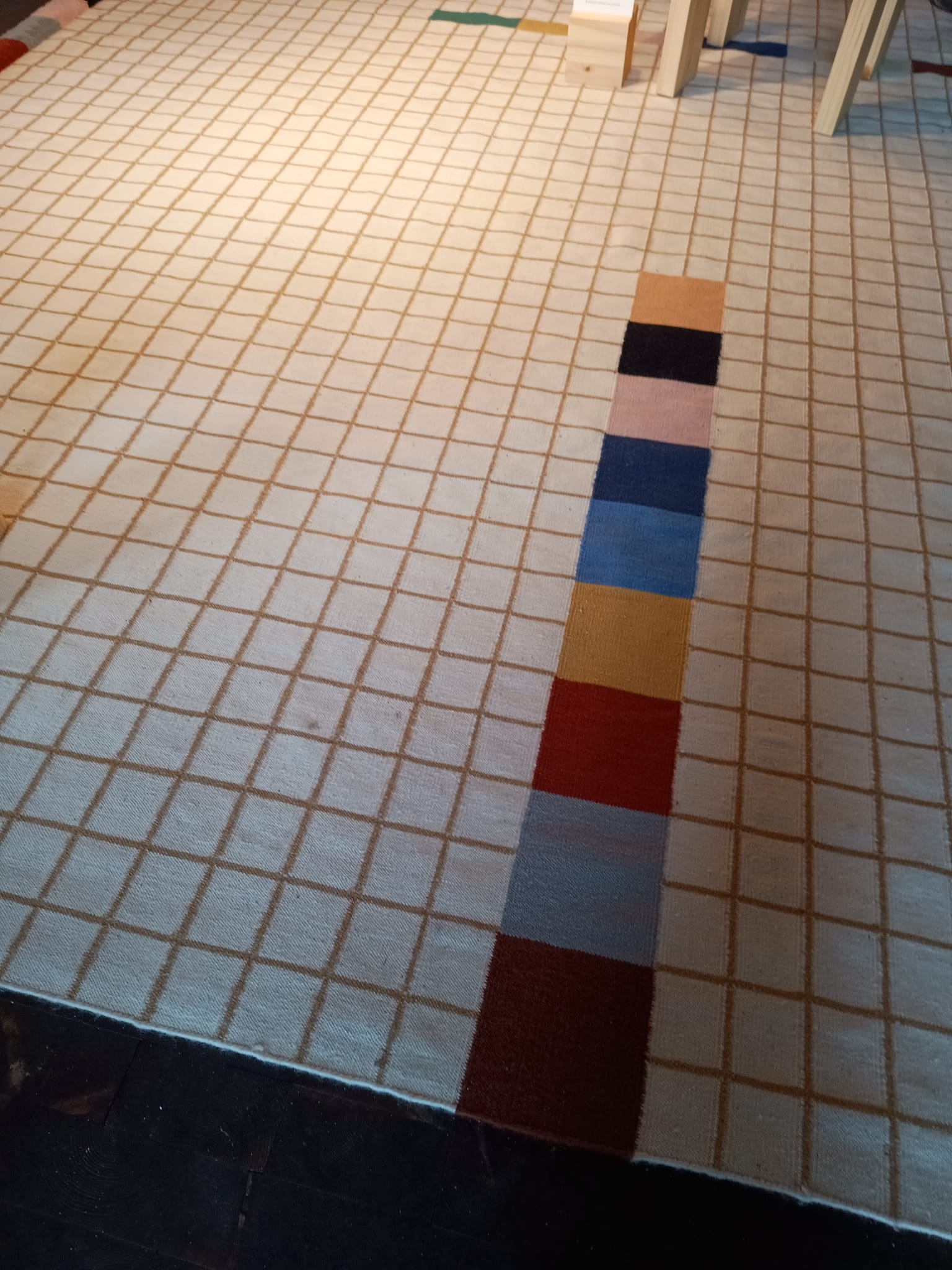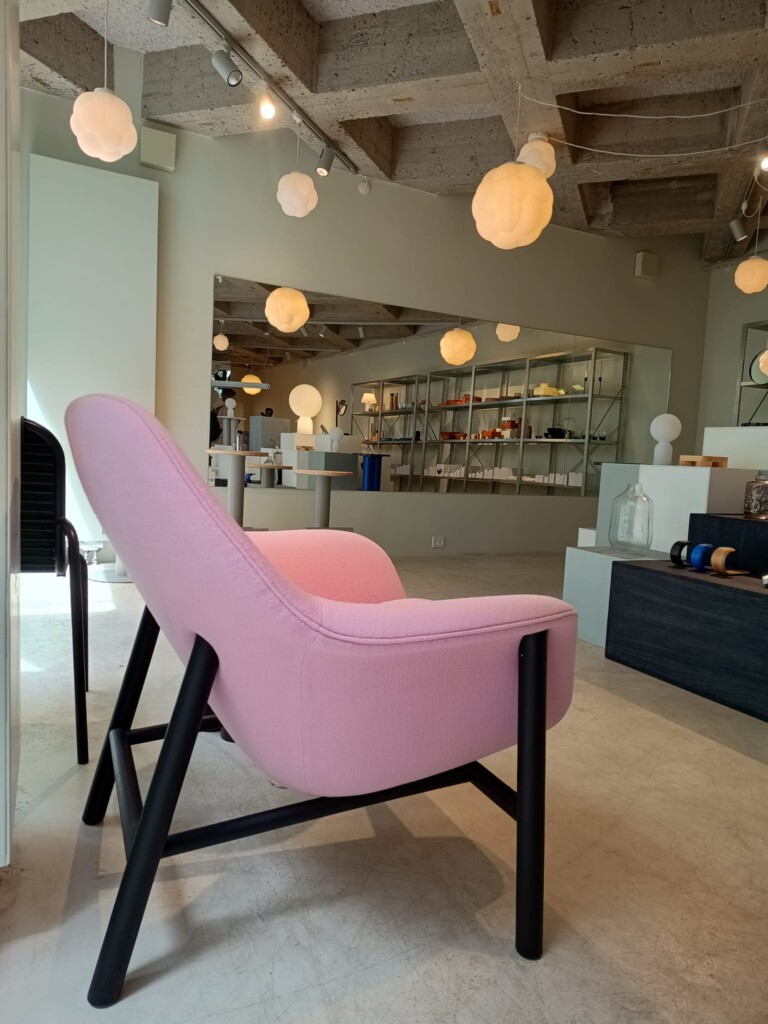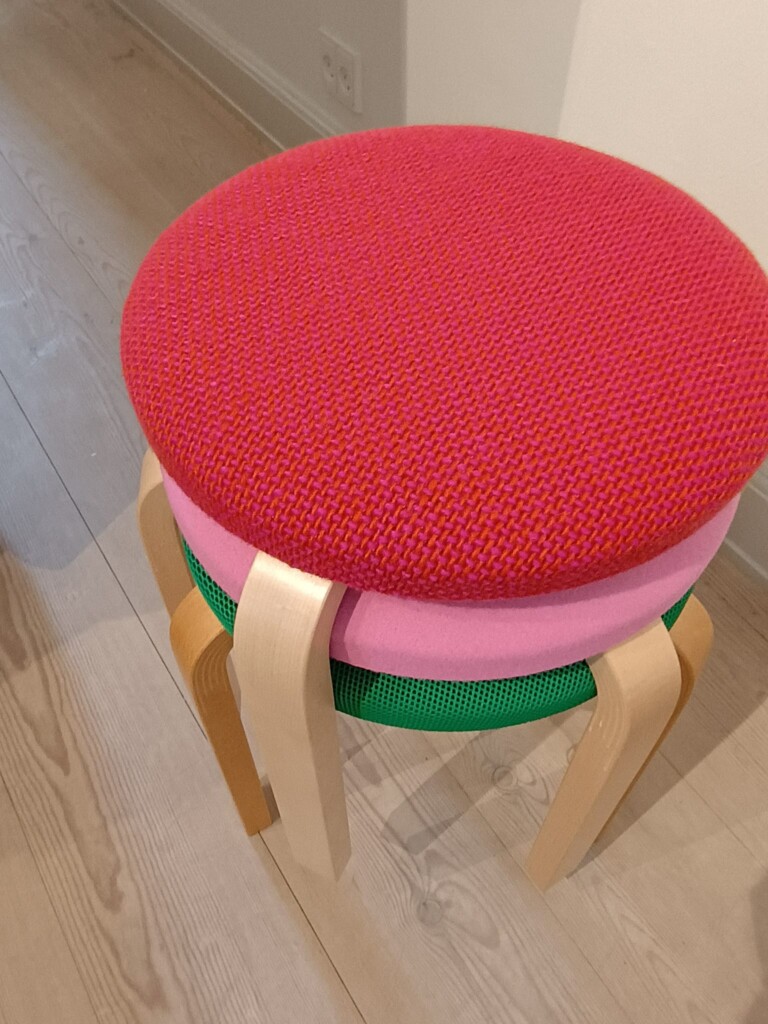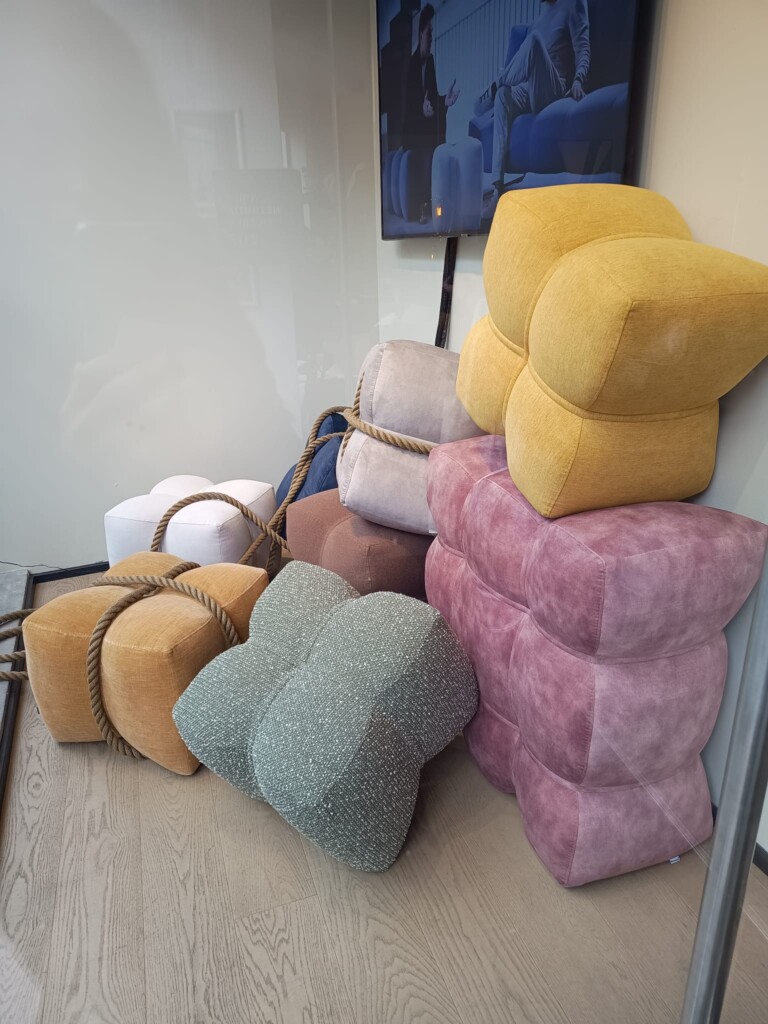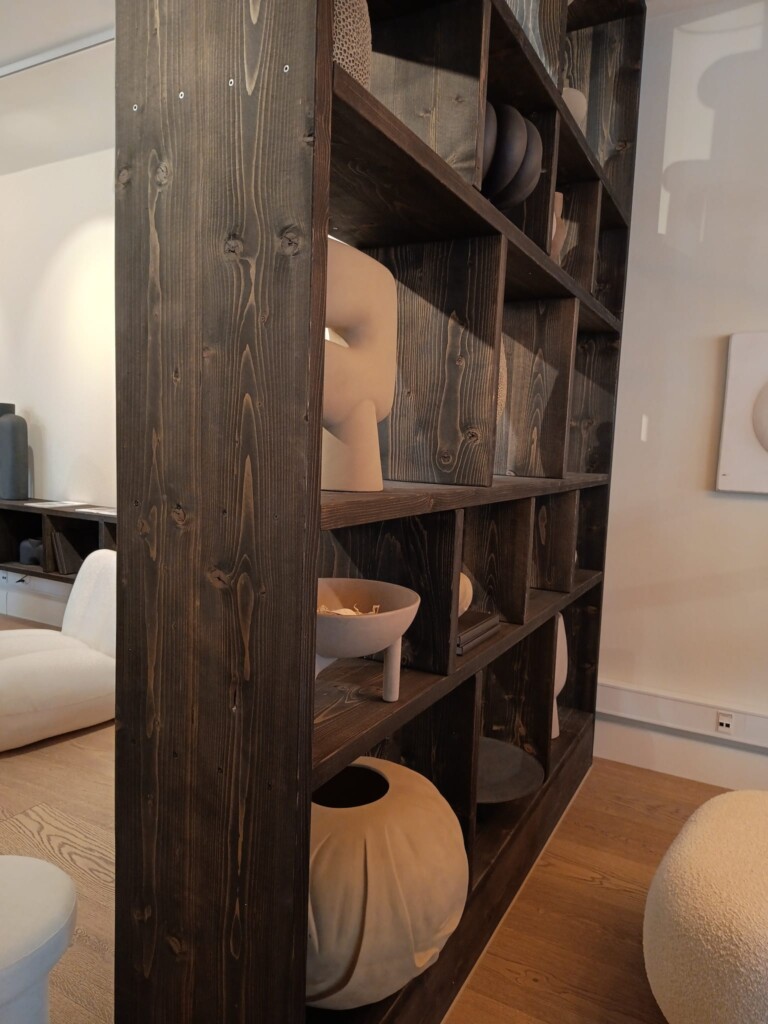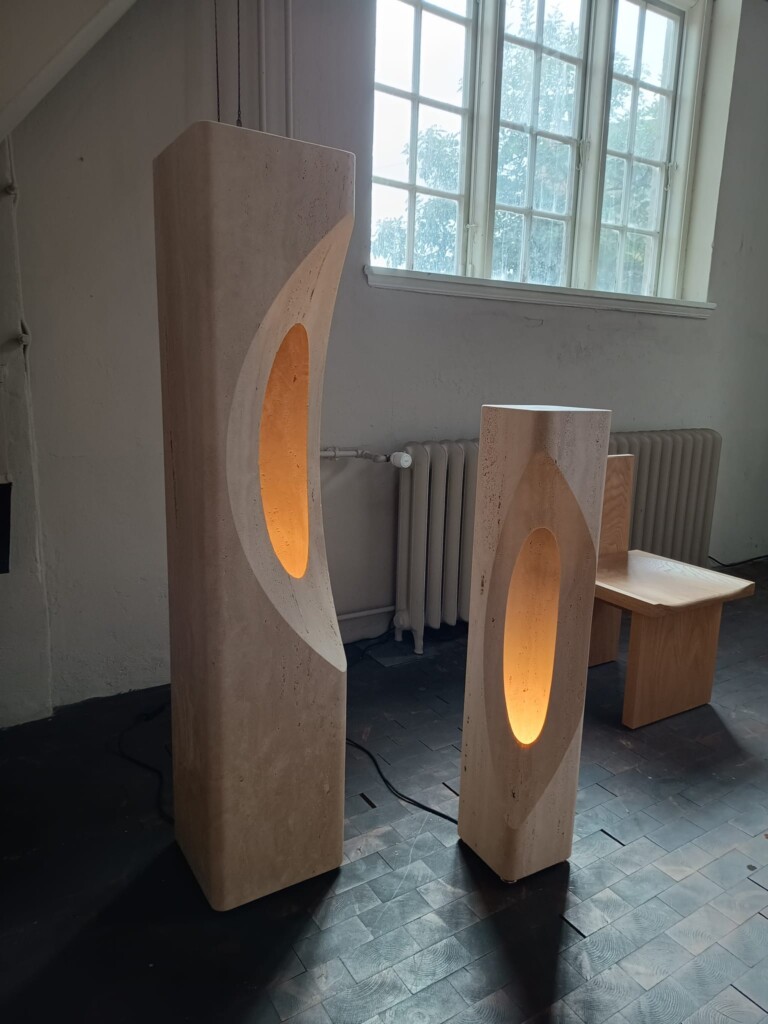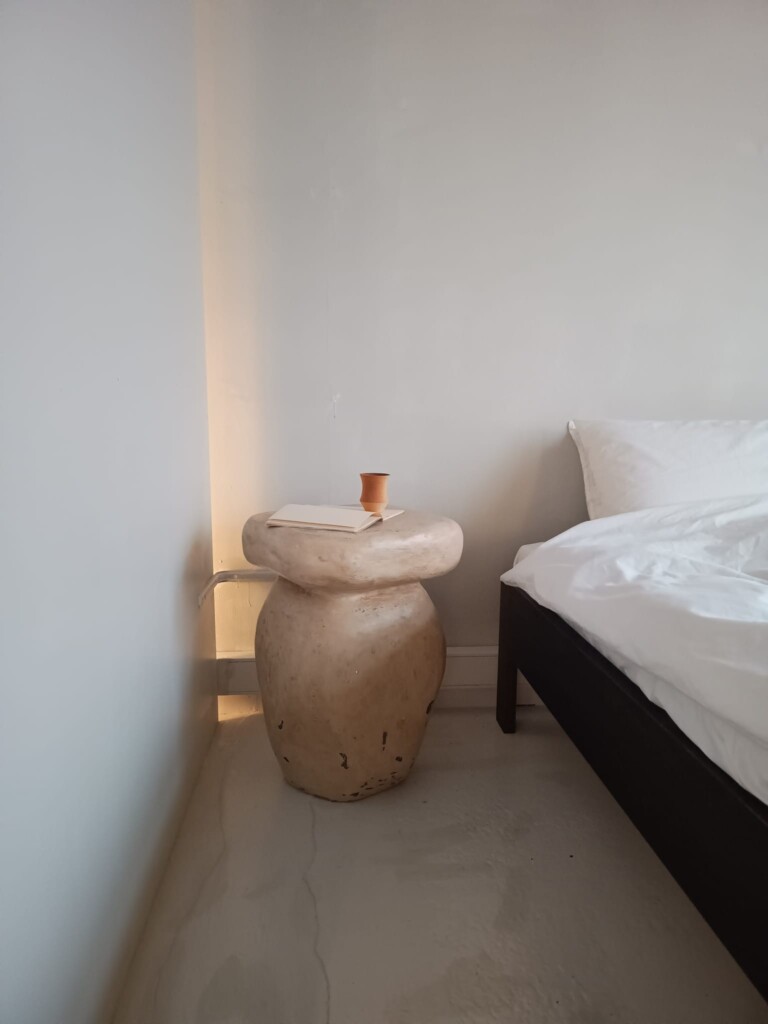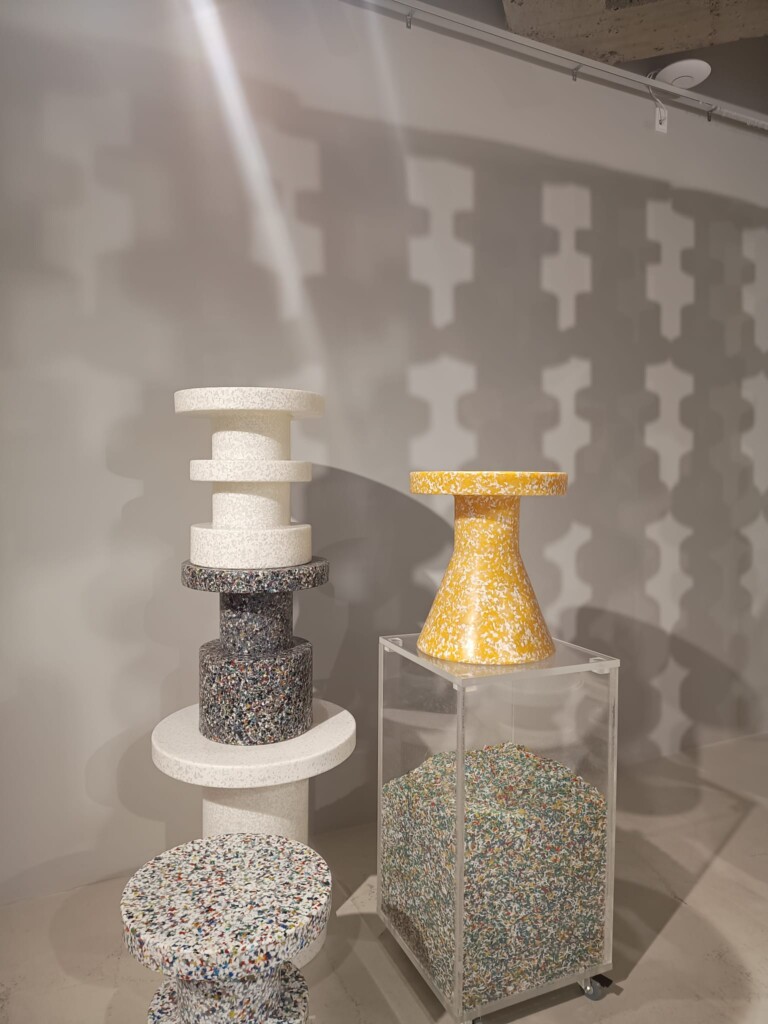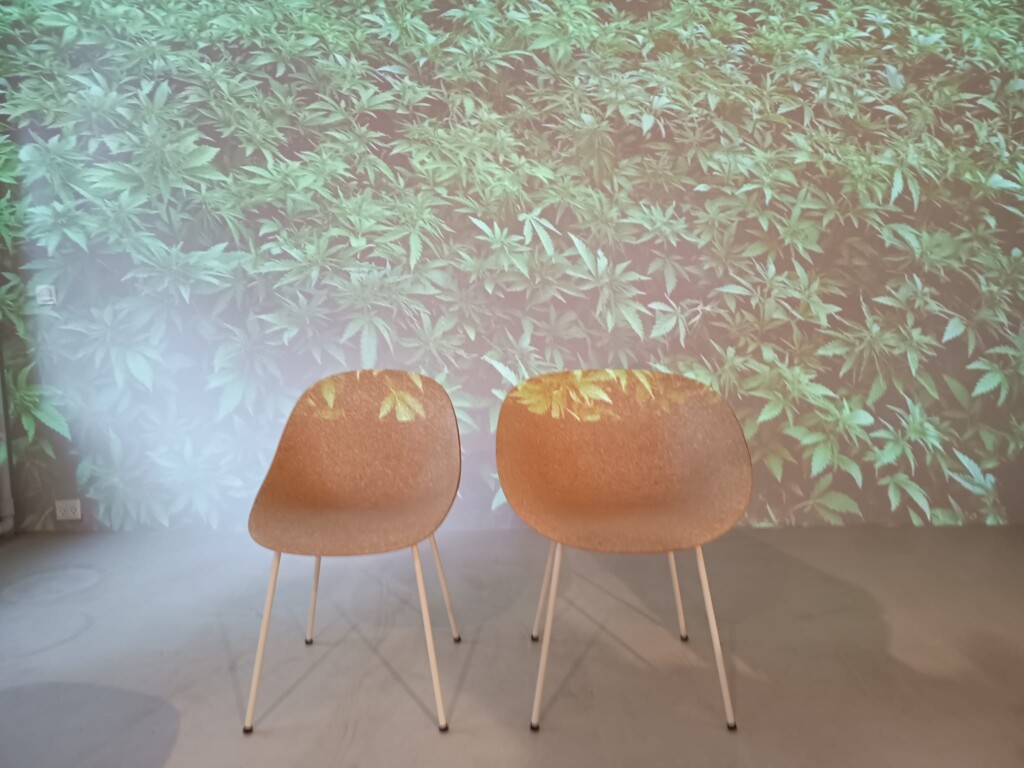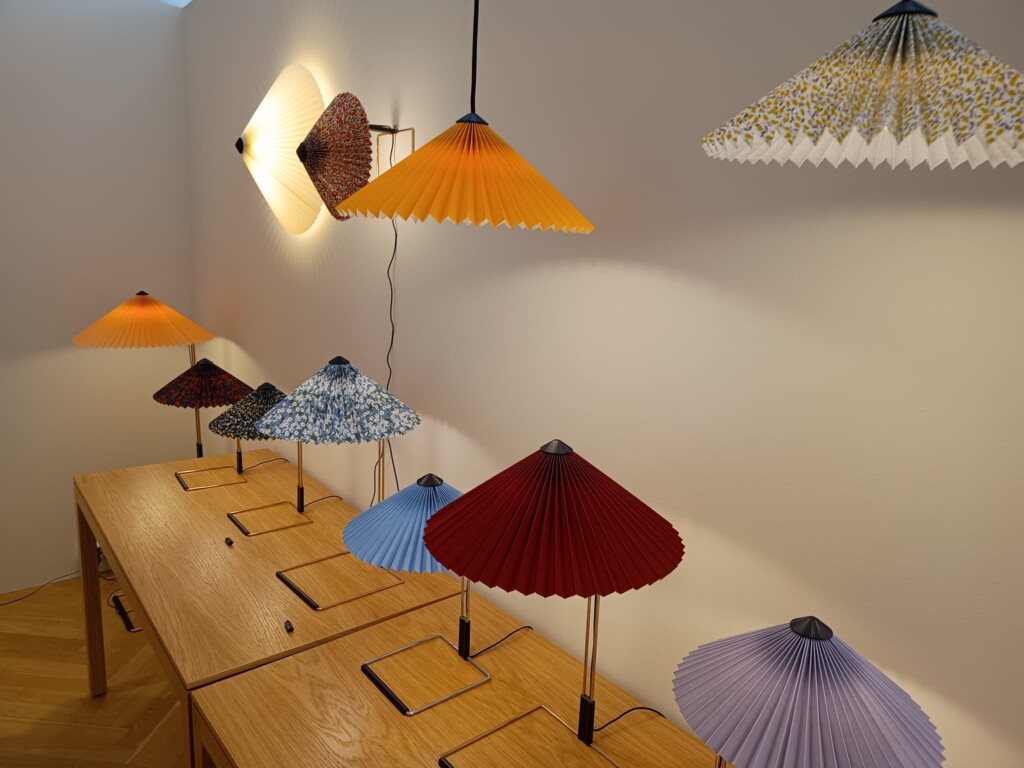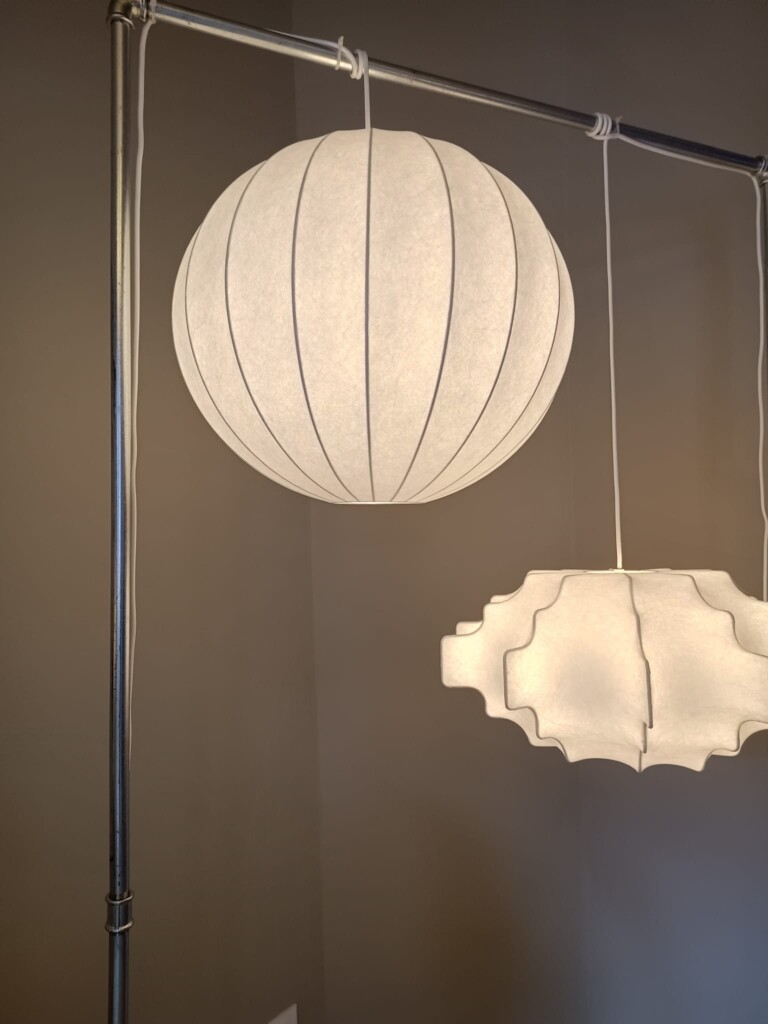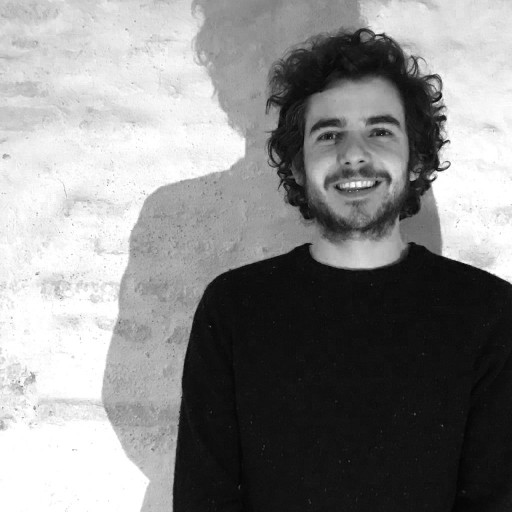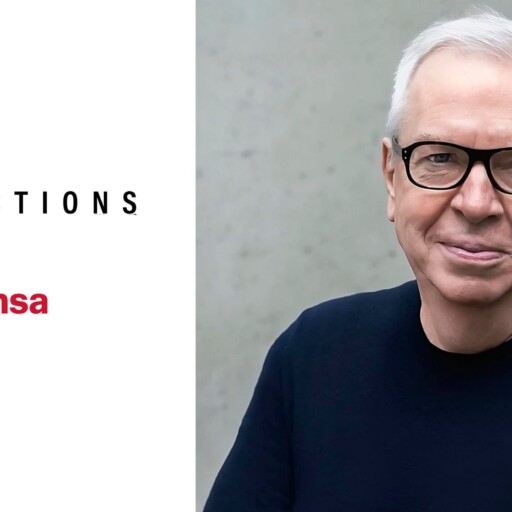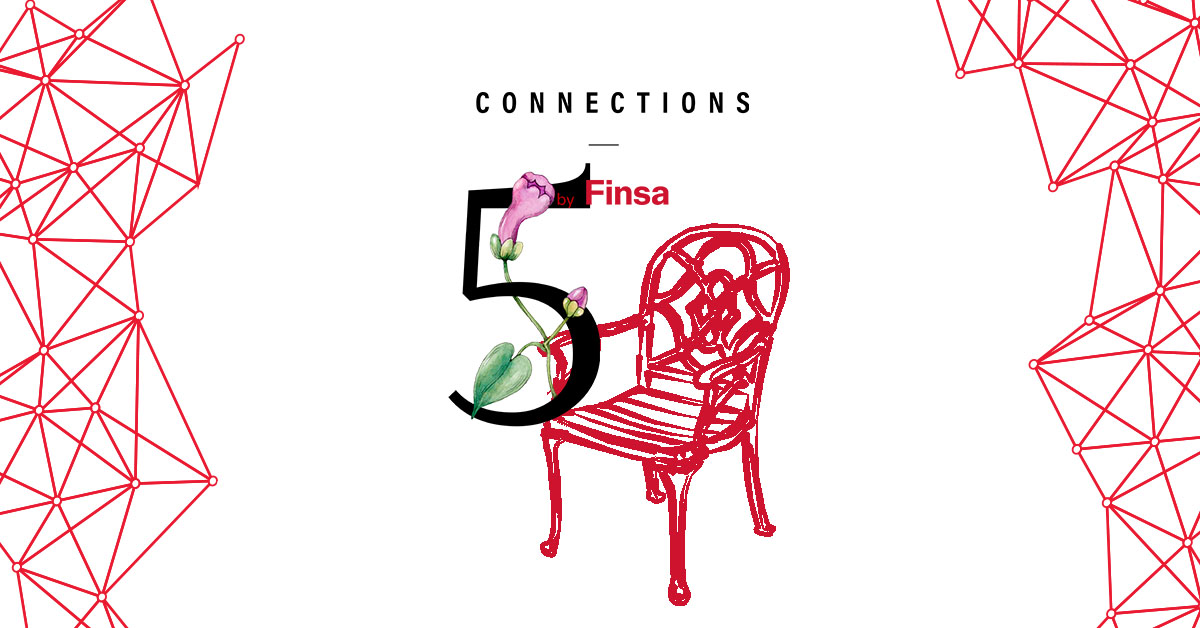3 days of design 2024 opens the doors of Copenhagen’s manor houses and allows us to enter studios and ateliers. It connects the city with design and breathes fresh air through installations in areas of the city that are being reconfigured, such as the port area. We have visited this boutique event and bring you what caught our attention the most.
The boldness of color
Unlike other fairs, in Copenhagen, the use of colour is characterized by its boldness. We saw few neutral tones in favor of intense and vibrant colours. The combination par excellence applied various shades of green, yellow (pastel or mustard), and pink.
We were also intrigued by the proposal of a technology company like Sony, which exhibited for the first time at 3 Days of Design. They participated with a strong commitment to their CMF (colour, material, and finish) design team, where the physical integrated with the digital in an interactive installation.
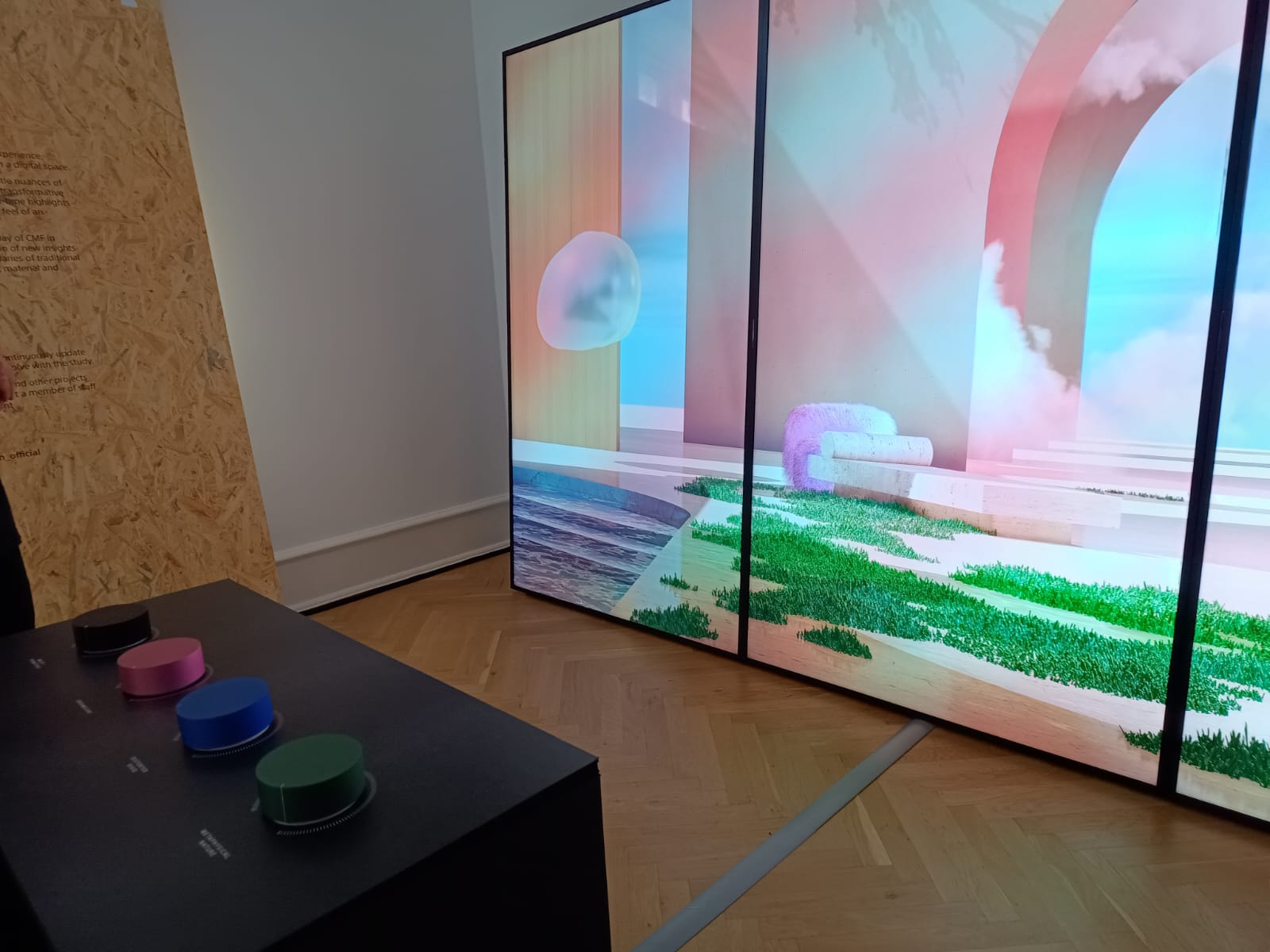
Such is the importance of colour in this event that we want to highlight David Batchelor’s talk (with Margrethe Odgaard -CMF designer and palette designer for Montana- and Sara Gottlieb -color, visual and concept designer and creator of the podcast Lyden af Farver-): “What’s wrong with colour?” A collective reflection in which he explained how neutral tones have been culturally favored, relegating colourful hues to more ritualistic and primitive societies. His study approach was inspiring, starting with the tones we can find in the city, the neon light plays and signs in puddles and buildings, which often go unnoticed, instead of always resorting to nature as a base.
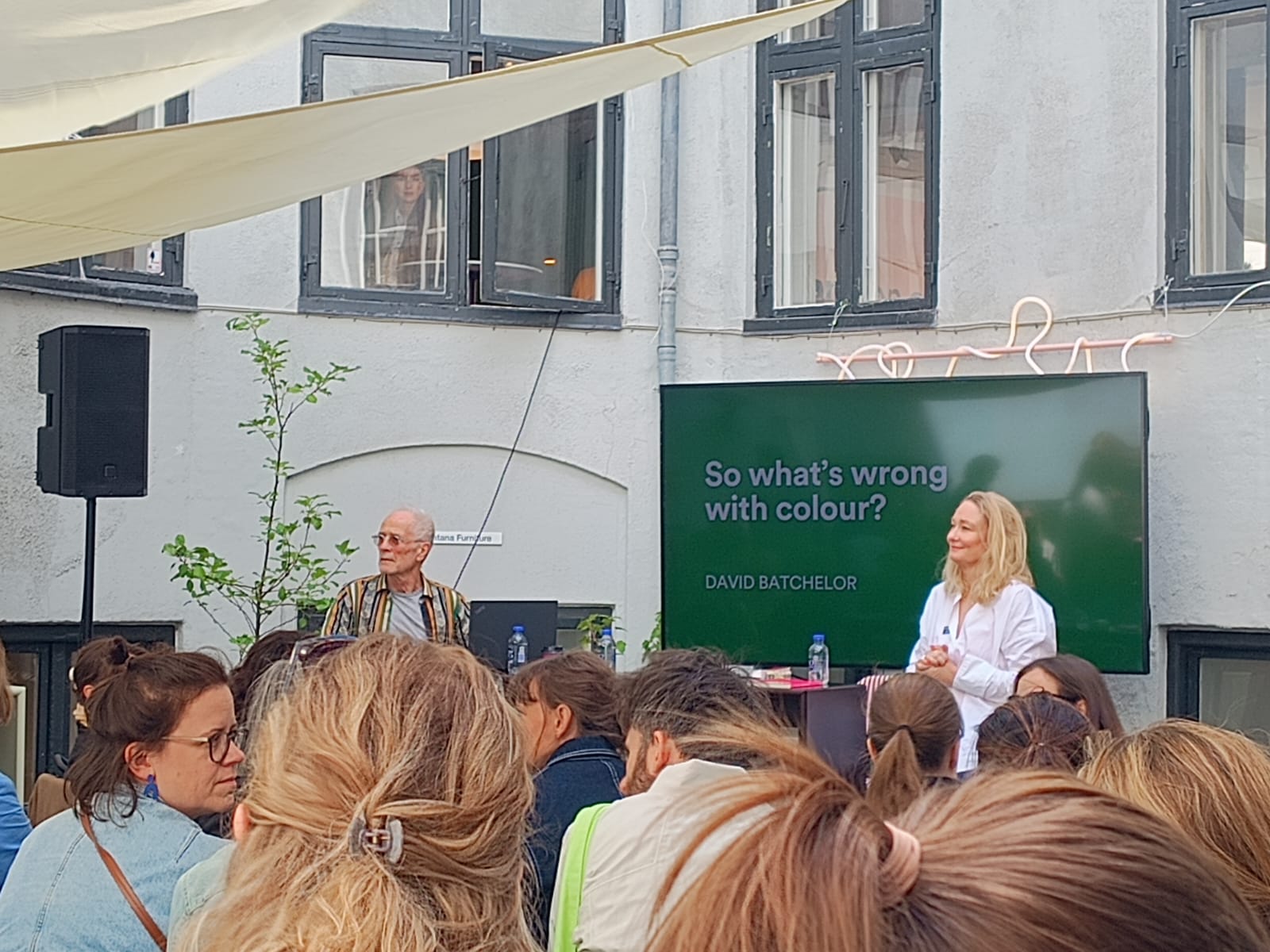
The best of East and West at 3 days of design
3 days of design combined trends like a laid-back Nordic style, chic primitivism, and the absolute confirmation of travertine.
There was also a clear Japanese influence that directly translated Japanese design into the proposals, keeping it pure without turning into Japandi.
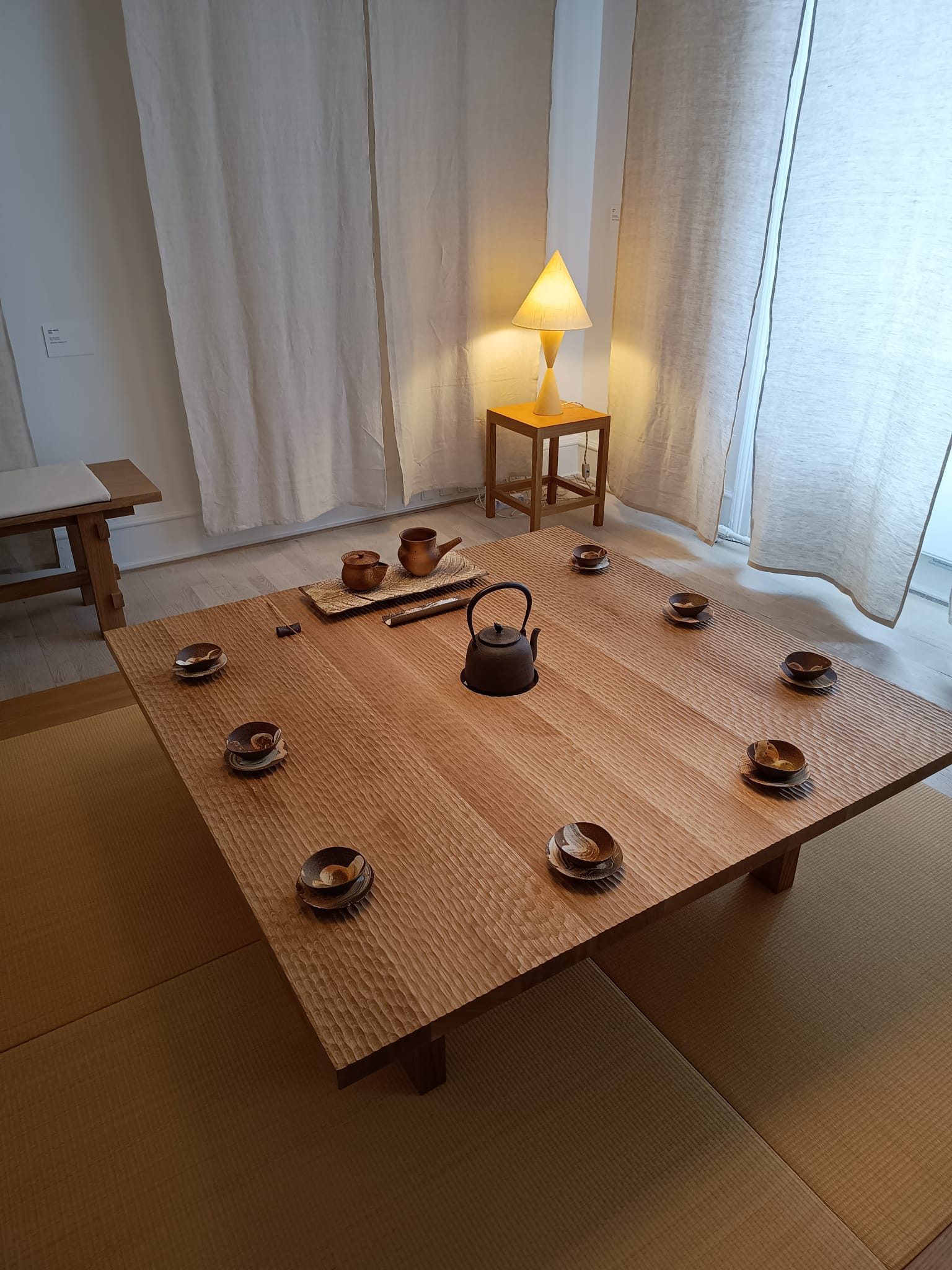
New materials and circularity
We loved learning about the initiative of theupcycl: their platform connects companies that generate waste with makers to reuse their waste, facilitating transport with an electric van in Copenhagen and surrounding areas.
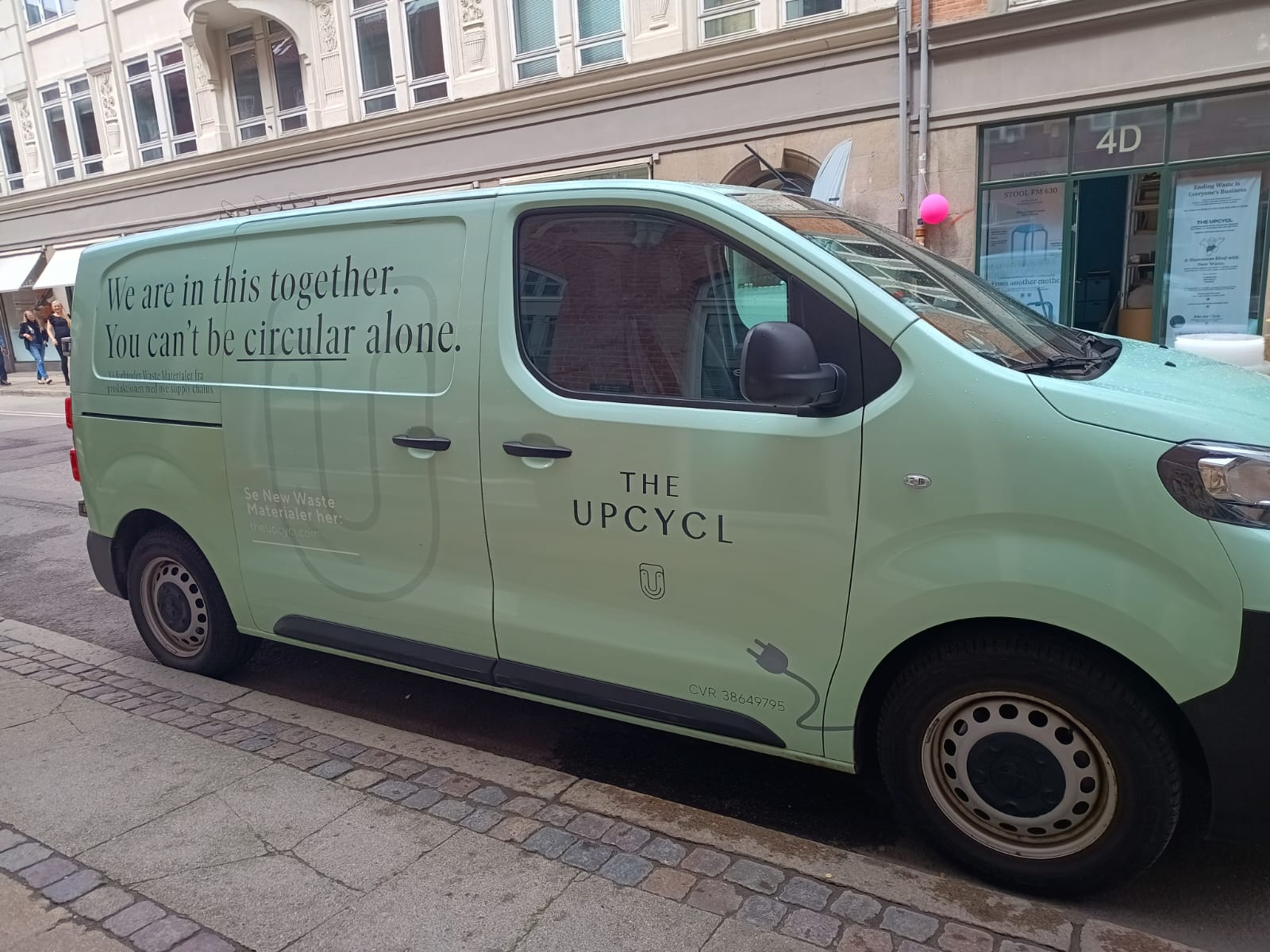
In the experimentation of sustainable materials, we analyzed everything from artisanal alternatives to those focused on industrial production.
Normann presented two solutions in recycled plastic, using organic materials: algae in one collection and hemp in another.
Natural Material Studio surprised us with their bio textile product made from plaster.
Ver esta publicación en Instagram
Paper, wood, metals, and textiles
We do not want to forget the most well-known biomaterials. We took note of the wide presence of paper lamps and pleats.
In woods, we highlighted oak and ash, especially whitewashed, and also some pieces in pine. Metallic surfaces, from the lightest to mirror surfaces, were another common feature throughout the fair. And as a final highlight of this section, we noted the textiles with bicolor weaves, bolder than the neutral tones we usually find at other events.
